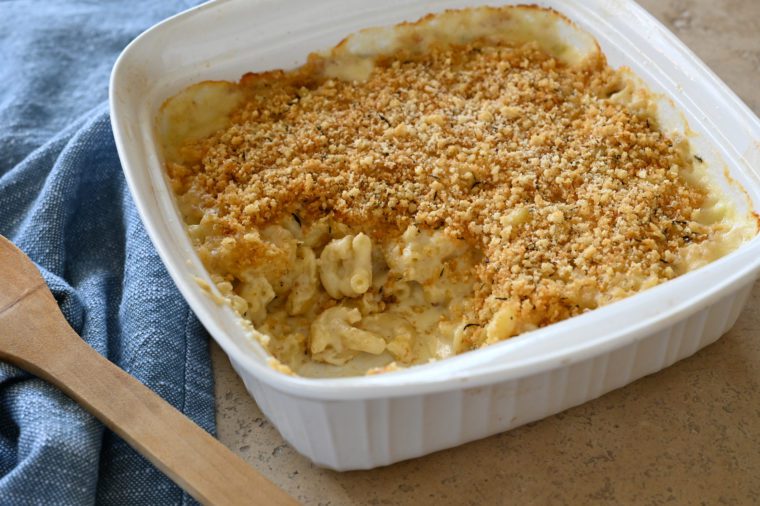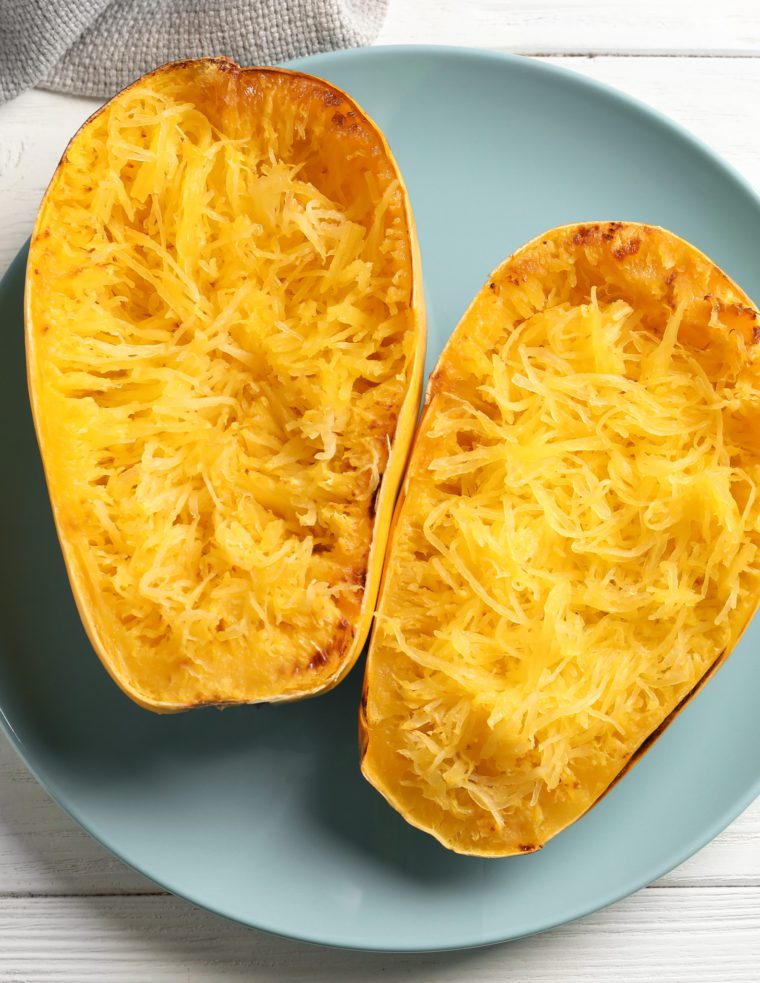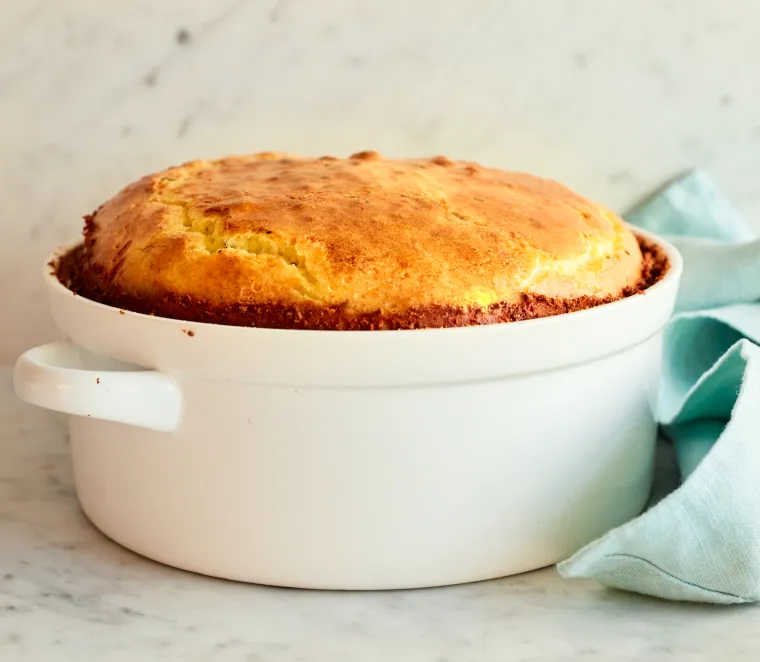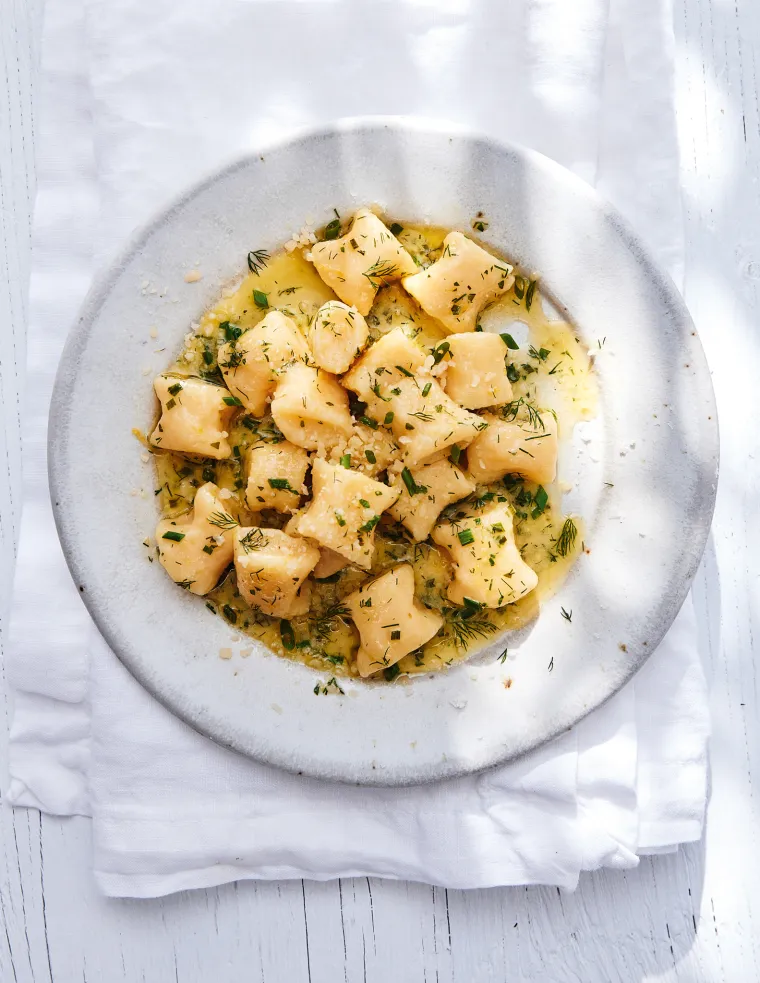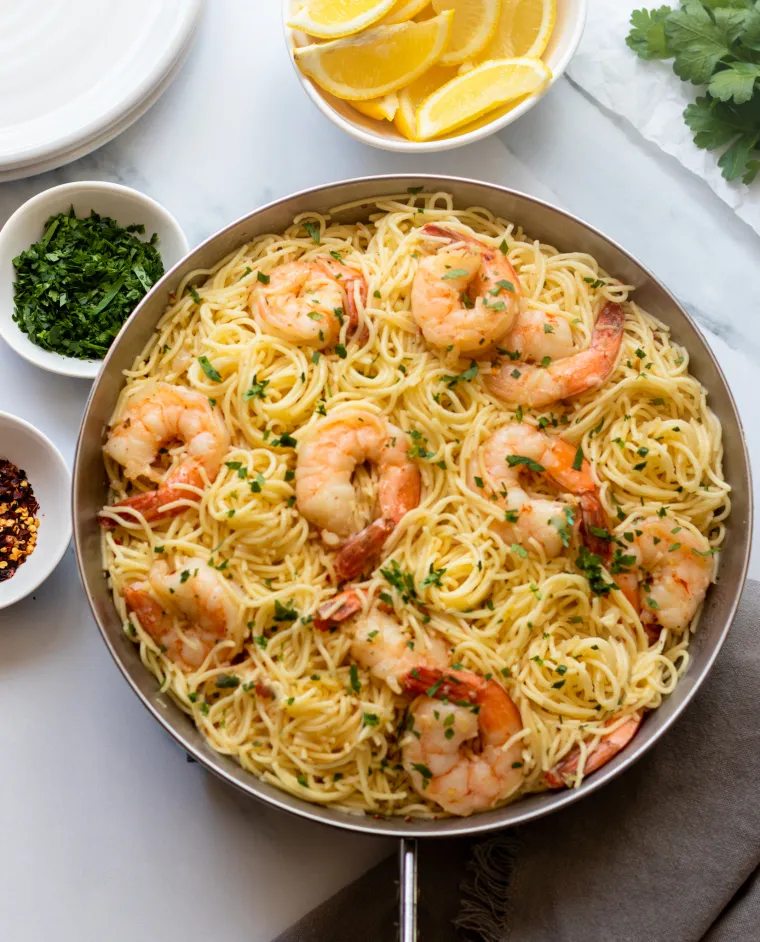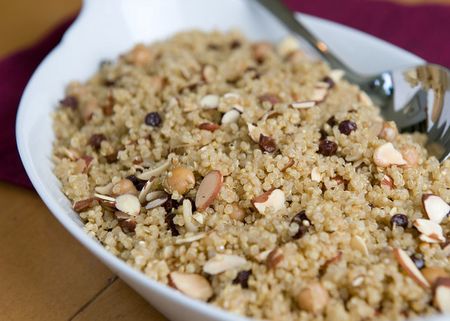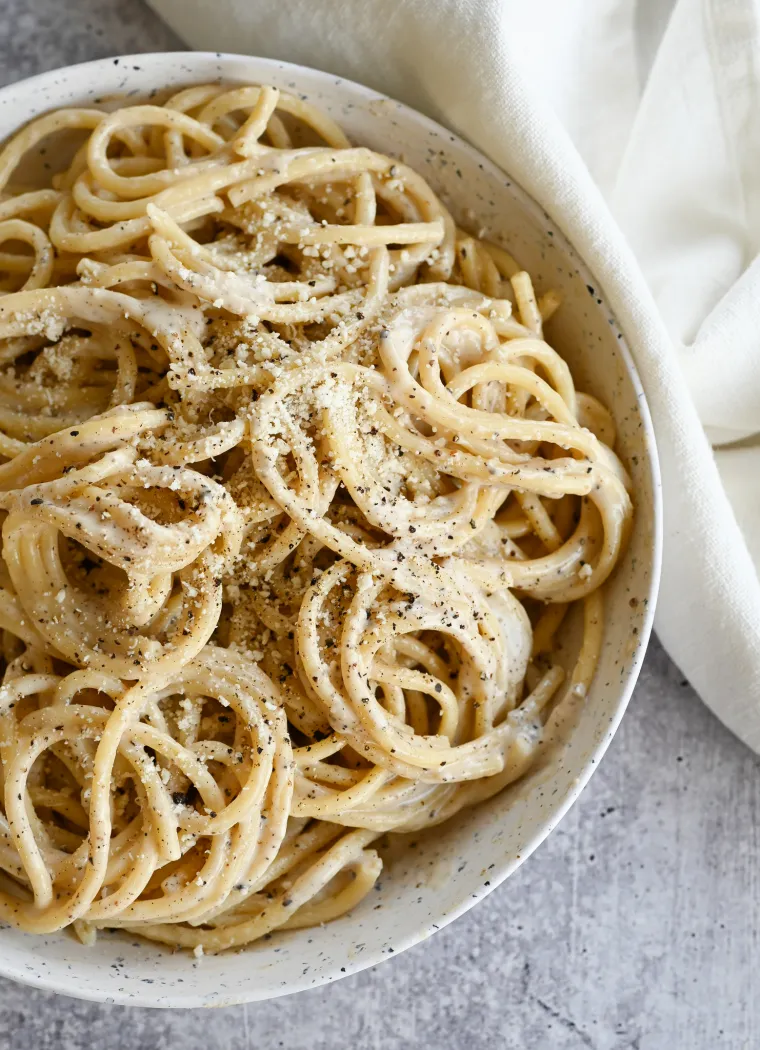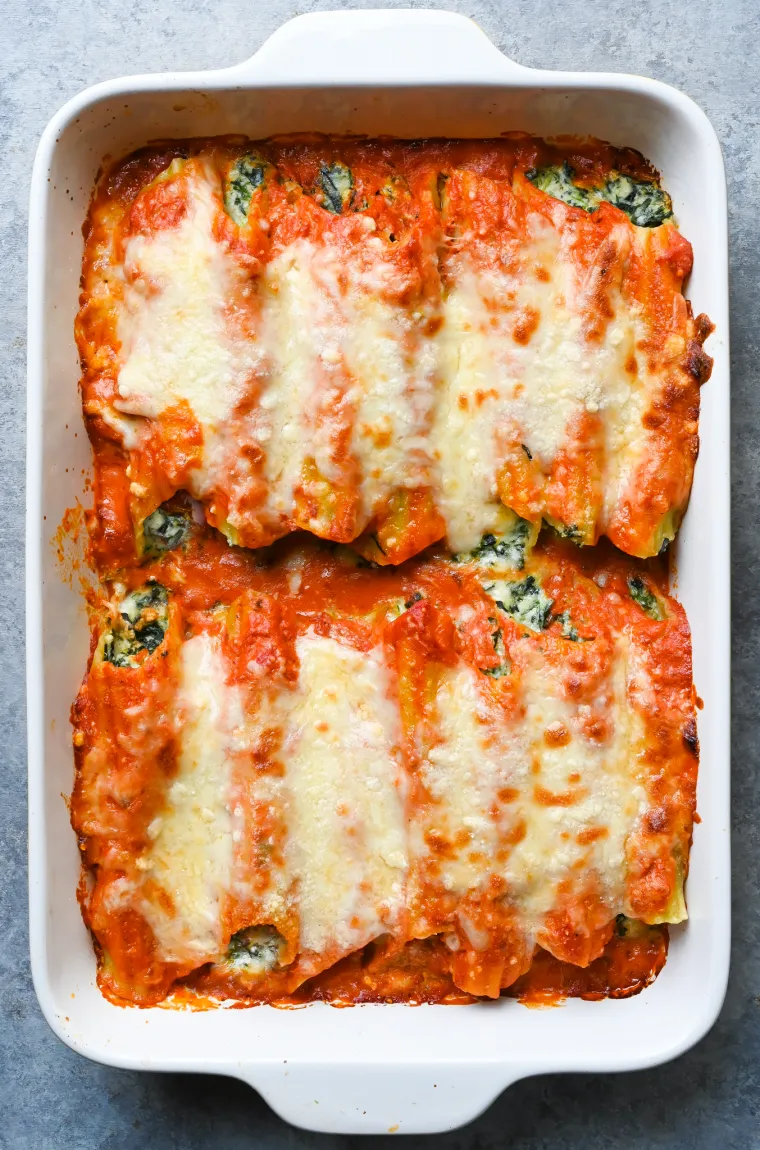Chicken Marbella is probably the most famous recipe to come out of the beloved Silver Palate Cookbook by Julee Rosso and the late Sheila Lukins. Growing up, this dish was a regular at our family dinners, especially during Rosh Hashanah and Passover. To this day, my mom prepares it for special family gatherings. I hesitated to share this recipe initially, thinking many of you might already have it tucked away. But then it dawned on me that an entire new generation of home cooks might be unfamiliar with it. After all, the cookbook hit the shelves in 1982 — and to put that in perspective, I was only 9 years old back then!
So, what makes Chicken Marbella so darn good? First off, the chicken itself is always tender and juicy. But more than anything, it’s in the unique Mediterranean flavor combination — a marinade of garlic and herbs, a savory-sweet wine gravy (which, I swear, is good enough to drink), and a mix of plump prunes, briny capers, and tangy green olives. It all comes together to make one gorgeous and memorable dish.
What You’ll Need To Make Chicken Marbella
Step-by-Step Instructions
In a large bowl combine garlic, oregano, salt, pepper, vinegar, olive oil, prunes, olives, capers with caper juice, and bay leaves. Add the chicken pieces and coat completely with the marinade (use your hands to rub marinade all over and especially under the skin). Cover and let marinate, refrigerated, overnight.
Preheat the oven to 350°F and set two oven racks in the centermost positions. Arrange the chicken in a single layer in two 9 x 13-inch baking dishes and spoon marinade over it evenly. Sprinkle the chicken pieces with brown sugar and pour white wine around them.
Bake for about 1 hour, basting occasionally with the pan juices. The chicken is done when the thigh pieces, pricked with a fork at their thickest point, yield clear yellow juice (not pink).
At this point, you can serve the chicken as is, especially if you plan to remove the skin. However, if you prefer a crisper, browner skin, transfer the chicken pieces to a foil-lined baking sheet.
Broil 5 inches from the heating element for a few minutes, or until the skin is golden and crisp; keep a close eye on it so it doesn’t burn. Then proceed to serve as above.)
Broil 5 inches from the heating element for a few minutes, or until the skin is golden and crisp; keep a close eye on it so it doesn’t burn. Then proceed to serve as above.)
With a slotted spoon, transfer the chicken, prunes, olives, and capers to a serving platter. Add some of the pan juices and sprinkle generously with the parsley. Pass the remaining sauce on the side.
Original Recipe - https://www.onceuponachef.com/recipes/chicken-marbella.html
Good homemade baked mac and cheese begins with al dente noodles and a rich sauce made from butter, flour, milk, and loads of shredded cheese. The noodles are tossed with the cheesy sauce, transferred to a baking dish, topped with crispy breadcrumbs, and then baked until bubbling and golden. Since I find most homemade mac and cheese recipes to be a bit dry, I developed this version to be ultra-creamy. The crispy panko and herb topping is inspired by the delicious mac and cheese served at Maple Ave, a little gem of a restaurant near my hometown – it absolutely makes the dish! The recipe serves four as a main dish and six as a side; if you’d like to double it for a crowd, bake the mac and cheese in a 9×13-inch dish and increase the cooking time to 30 to 35 minutes.
What you’ll need to make mac and cheese
I use three different kinds of cheese in this recipe: Gruyère, extra-sharp Cheddar, and Parmigiano-Reggiano. Using more than one type of cheese adds dimension to the dish.
Be sure to use an authentic Swiss-made Gruyère that bears the AOP (Appellation d’Origine Protégée) seal, which shows that the cheese is made according to government-mandated quality standards. Similarly, it’s important to use authentic Parmigiano-Reggiano, which has a lot more flavor than domestic Parmesan. You can tell if it’s the real deal by the rind, which should be embossed with the name over and over. (If the cheese is already grated, it should be labeled “Parmigiano-Reggiano,” not “Parmesan.”)
I go the traditional route with the pasta and use elbow macaroni, but any pasta that has lots of nooks and crannies will work nicely.
Step-by-Step Instructions
Step 1: Boil the Noodles
Bring a large pot of salted water to a boil. Add the pasta and cook until al dente, or just slightly underdone. (It will continue to cook in the oven so you don’t want it fully cooked.) Drain well and rinse with cold water.
Step 2: Make the Cheese Sauce
Meanwhile, melt 3 tablespoons of the butter in a medium (2-quart) pot over low heat and add the flour.
Stir with a whisk until the flour is combined. This mixture is called a roux.
Continue cooking, whisking constantly, for 2 minutes. The roux will look foamy.
While whisking constantly, pour in the milk. Bring to a boil, then reduce the heat to low and cook for a few minutes more, until thickened and smooth. This French “mother sauce” is known as béchamel, or a sauce made from a white roux and milk.
Off the heat, add the Gruyere, Cheddar, 1/4 cup Parmigiano-Reggiano, salt, pepper, and nutmeg.
Whisk until the cheese is completely melted; if necessary, place the pan back over low heat but do not boil. The finished cheese sauce is known as Mornay sauce, or a béchamel sauce to which shredded or grated cheese is added.
Step 3: Combine the Noodles with the Sauce
Add the cooked pasta to the sauce.
Stir to combine. It will seem way too soupy and creamy – that’s okay, that’s what you want!
Pour into a buttered 2-quart baking dish and set aside.
Step 4: Prepare the Crispy Topping
In a small sauté pan over medium heat, melt the remaining tablespoon of butter and add the panko.
Cook, stirring often, until golden brown, and then stir in the herbes de Provence or thyme. This step of browning the panko may seem unnecessary — you’d think it would brown in the oven — but I find it needs a head start on the stove to get really golden and crispy.
Step 5: Bake
Sprinkle the toasted panko over the pasta and cheese sauce, followed by the remaining 2 tablespoons Parmigiano-Reggiano.
Bake for 25 to 30 minutes, or until bubbly and golden brown.
Serve warm out of the oven and enjoy. (Note: this recipe was originally posted on the blog in 2009 and updated in November of 2018. To download the original recipe, click here.)
Please find original recipe here.
As the days get cooler and shorter, you’ll notice a variety of fall and winter squashes at your local supermarket, including butternut, acorn, and pumpkin. One of the most versatile is spaghetti squash, a medium-sized, oval-shaped squash with yellow skin. Its name comes from the remarkable transformation its flesh undergoes after cooking, turning into spaghetti-like strands that make for a delightful low-carb, low-calorie pasta alternative.
Spaghetti squash’s neutral flavor complements a wide range of sauces, from pesto to tomato sauce, or you can just toss it with butter or olive oil, salt, and pepper. The strands are often mixed with other ingredients and enjoyed right out of the shell, creating a “spaghetti squash boat,” or baked into a comforting spaghetti squash casserole.
While spaghetti squash may initially seem daunting because it’s one of those unwieldy gourds you’re not quite sure how to go at, fear not; with a sharp knife, you’re in good shape. Below I’ll guide you on how to cook spaghetti squash in just a few simple steps.
What You’ll Need To Cook Spaghetti Squash
How to select spaghetti squash
When selecting a ripe spaghetti squash, look for firmness, heavy relative to its size, absence of soft spots, and a creamy to dark yellow color. Ensure that the stem is dry and firm. Spaghetti squash boasts an extended shelf life and can be stored in a cool, dry place for up to a month before cooking.
Step-by-Step Instructions
Using a very sharp chef’s knife, cut a sliver off of the stem end of each squash (this creates a flat surface to cut the squash in half).
Stand each squash upright on a cutting board, flat side down, and slice through them top to bottom, using your body weight to press the knife down, to cut each squash in half.
Using a soup spoon, scrape out the seeds and discard them.
Place the squash halves cut side up on the prepared baking sheet. Drizzle with the oil and sprinkle evenly with 1 teaspoon salt and 1/2 teaspoon pepper.
Flip the squash halves so they are cut side down.
Roast for 40 to 50 minutes, or until the squash is golden brown underneath and tender when pierced with a fork.
Let sit until cool enough to handle, then use a fork to scrape out and fluff the strands. Now you know how to cook spaghetti squash!
Please find original recipe here.
When I was an apprentice at L’Auberge Chez François, a charming French restaurant right outside of Washington, DC, one of my jobs was prepping the soufflé dishes for the evening service. It was tedious because there were so many of them. Soufflés are always popular menu items because they have a reputation for being temperamental — heaven forbid you peek into the oven or make a loud noise! — and even confident cooks are nervous to make them at home. But the truth is that soufflés are quite easy to make. I think one thing that makes soufflés feel intimidating is the need for a special soufflé dish, but you don’t need one here; a 2-quart glass or straight-sided ceramic baking dish — even an 8-inch square Pyrex pan — will work. Pair the soufflé with a salad for a light and elegant meal that will wow your family (they don’t need to know how easy it is!).
What You’ll Need To Make A Cheese Soufflé
Step-by-Step Instructions
Preheat the oven to 350°F and set an oven rack in the middle position. Use softened butter to grease a 2-quart soufflé or ceramic casserole dish. Add ¼ cup of the Parmigiano-Reggiano and roll it around the dish to coat the bottom and sides.
Pro Tip: Dessert soufflés are made in dishes coated with butter and sugar. Savory soufflés are made in dishes coated with butter and finely grated cheese. A thorough coating prevents the soufflé mixture from sticking and helps it climb its way up the sides; it also forms a delicious crust.
In a small saucepan over medium heat, melt the 3 tablespoons of butter.
Add the flour and cook, whisking constantly, for about 1 minute.
Add the milk and whisk the mixture until smooth.
Continue cooking, whisking constantly, until the mixture thickens and comes to a boil, a few minutes (be sure to scrape the edges of the pan with your whisk, where the mixture thickens first). Remove the pan from the heat and stir in the salt, pepper, and nutmeg.
Add the Cheddar and the remaining ¼ cup Parmigiano-Reggiano.
Stir until the cheeses are melted and the mixture is thick and smooth.
Let the mixture cool for 10 minutes, then add the egg yolks and the chives.
Whisk to combine.
In the bowl of an electric mixer fitted with the whisk or beaters, whip the egg whites and cream of tartar on medium-low speed until foamy, about 1 minute. Increase the speed to medium-high and whip until stiff peaks form, about 3 minutes.
Add one-third of the milk/cheese mixture to the whites.
Beat on medium speed until smooth.
Add the remaining milk mixture to the whites and, using a rubber spatula, fold until the mixture is uniform.
Pro Tip: Folding is a technique used to mix a light and airy ingredient, like beaten egg whites, into a heavier mixture, like a soufflé base, without deflating the lighter mixture. After combining the two mixtures, use a rubber spatula to cut down to the bottom of the bowl. Pull the spatula toward you, scooping up the contents from the bottom of the bowl, and in one sweeping motion, fold the scooped up portion over the top. Turn the bowl a quarter turn and repeat the motions, scraping the sides of the bowl occasionally, until the ingredients are evenly combined.
Pour the mixture into the prepared soufflé or casserole dish (it should come about 1 inch from the top; if you have extra batter, discard or bake it in a separate dish).
Place on a baking sheet and slide into the oven. (The baking sheet just makes it easier to move in and out of the oven.) Bake for about 35 minutes, or until puffed and golden brown on top. The soufflé will stay inflated for a while, but it is best to serve it immediately.
Please find original recipe here.
This seriously delicious and oh-so-easy ricotta gnocchi recipe is just one gem among many in Catherine McCord’s new cookbook, Meal Prep Magic: Time-Saving Tips for Stress-Free Cooking. Packed with wholesome, easy-to-follow recipes the whole family will love, this book will change the way you think about preparing meals—say goodbye to mealtime stress, hello to being more organized, and enjoy more quality time with loved ones. As someone who’s admittedly right-brained and organizationally-challenged, I found this book to be both inspiring and incredibly practical. And that color-coded refrigerator on the cover? Now, that’s some serious fridge goals!
Ricotta Gnocchi
Unlike the more commonly known potato gnocchi, ricotta gnocchi is quick and easy to make and requires no special equipment. Potato gnocchi is made from boiled, riced potatoes combined with flour and egg. This dough is then rolled into ropes, cut into bite-sized pieces, and pressed with a fork to create ridges that can catch sauce. It has a soft and somewhat chewy texture, with a mild flavor that works well with a wide variety of sauces.
Ricotta gnocchi substitutes ricotta cheese for the potatoes, resulting in a lighter, creamier texture. The preparation process is similar to potato gnocchi, but it’s much simpler to make — no need to cook, peel or rice potatoes! However, keep in mind that the moisture content of the ricotta can make the dough a bit tricky to handle. It’s important to use a good quality, well-drained ricotta to avoid overly wet dough (I use the widely available Galbani brand).
Please find original article here.
Succulent shrimp bathed in a garlicky, white wine and lemon-infused butter sauce — shrimp scampi makes an excellent sauce for pasta. However, in many recipes, the pasta is more of an afterthought, left in need of more flavor and sauce. In this version, both the pasta and the shrimp share the spotlight equally. While you could certainly use any long pasta — think spaghetti, linguine, or fettuccine — my preference is for angel hair or capellini. The thin, delicate strands have a knack for soaking up the garlicky sauce, packing maximum flavor into every bite. Speaking of garlic, the recipe demands a generous six cloves, so if your garlic press has been gathering dust, now’s the time to break it out and put it to work! Making shrimp scampi with pasta is fairly simple, but it’s important to watch the shrimp’s cooking time. If you cook them for too long, they can become rubbery. The trick is to take them off the heat as soon as they turn opaque and pink.
What You’ll Need To Make Shrimp Scampi with Pasta
Pro Tip: When a recipe calls for wine, select a bottle that is inexpensive but still good enough to drink. If you don’t want to open a large bottle, look for mini bottles that are sold in four-packs and contain about ¾ cup (160ml) of wine per bottle; they are ideal for cooking. Always avoid “cooking wines,” as they contain salt and other additives.
Step-by-Step Instructions
Bring a large pot of salted water to a boil. Add the pasta and cook to al dente according to the package instructions.
Reserve 1 cup of the cooking water, then drain.
Pro Tip: Most pasta recipes suggest reserving some of the pasta water before draining. This cooking water serves an important purpose. When pasta is cooking, it releases some of its starch, and that starchy, salty water makes a great thickener for sauces. If you’re concerned you may forget to save the cooking water, put a measuring cup in your colander. That way, when you go to drain the pasta, you’ll have that visual reminder.
Meanwhile, heat the oil in a large skillet over medium heat. Add the shallots and cook, stirring frequently, for about 1 minute.
Stir in the garlic, red pepper flakes, and ¼ teaspoon each salt and pepper.
Add the shrimp and cook, stirring occasionally, until they are pink and just cooked through, about 3 minutes.
Transfer the shrimp to a plate.
Add the wine to the skillet and simmer until reduced by half, 3 to 4 minutes.
Add the butter, lemon juice, and lemon zest, ½ cup of the reserved cooking water, and ½ teaspoon salt. Stir until the butter is melted.
Add the drained pasta and continue to cook, tossing, until the pasta is warmed through, adding more of the reserved cooking water as needed if the pasta seems dry. Return the shrimp and any juices from the plate to the skillet and toss with the pasta.
Stir in the parsley, then taste and adjust seasoning, if necessary. Serve with lemon wedges.
Please find original recipe here.
Leery of health foods with names you can’t pronounce? Me too, which is why it took me so long to discover quinoa (pronounced keen-wah), otherwise known as the “Supergrain of the Future.”
What you’ll need to make quinoa pilaf with chickpeas, currants, and almonds
Here I’ve taken a page from the aromatic couscous dishes of North Africa, flavoring it with onions, garlic, chicken broth, and spices, then adding currants, chickpeas, and toasted almonds. It’s a terrific accompaniment to any simply prepared entrée…and it’s just as good cold for lunch or a picnic.
If you’re at all hesitant about using curry powder or cumin, not to worry…the flavors here are very mild and work well together. The currants and honey complement the spices with a touch of delicious sweetness, and the chickpeas and almonds add protein and crunch.
Give it a try. My husband loves it, and he has no idea how good it is for him.
Please find original recipe link here.
One of the simplest pasta dishes in existence, cacio e pepe is a Roman dish that translates to “cheese and pepper” (it’s pronounced kaa-chee-ow-ee-peh-pay). It is traditionally made from just three ingredients – coarsely grated black pepper, finely grated Pecorino Romano cheese, and pasta – but many versions also call for a bit of olive oil, butter, or cream. The magic happens when some of the starchy, salty pasta cooking water is added to these basic ingredients to make a rich, creamy sauce. Think of it as an uncomplicated, peppery Italian mac and cheese. This version is adapted from That Noodle Life: Soulful, Savory, Spicy, Slurpy, a deliciously fun new cookbook by Mike and Stephanie Le from iamafoodblog. The recipe feeds two since it’s the perfect no-food-in-the-house dinner or late-night snack to throw together on a whim, but it can easily be doubled.
The original recipe in the book is made using the traditional method of slowly adding the cheese and pasta water to the cooked noodles, stirring constantly to emulsify the sauce. This technique takes practice, as the cheese tends to clump up and stick to the pan if it gets too hot. To ensure a creamy sauce, I borrow a trick from Italian chef Luciano Monosilio and blitz the pasta water and cheese in a blender before adding it to the pasta. You still have to be careful not to overheat the sauce, but not nearly as much so.
What You’ll Need To Make Cacio e Pepe
Pasta: The recipe calls for either bucatini (also known as perciatelli) or spaghetti. Bucatini resembles spaghetti but is slightly thicker and has a small hole that runs through the center, so it is essentially hollow spaghetti (buco actually translates to “hole”). Bucatini is ideal for soaking up the sauce, but spaghetti is a great alternative if you can’t find it.
Cheese: Pecorino Romano is a salty, sharp-flavored cheese made from sheep’s milk. It can be found in most supermarkets near the Parmigiano-Reggiano. While the two cheeses are sometimes interchangeable in recipes, I recommend sticking with the Pecorino Romano here, as it has a bolder flavor.
Pepper: Make sure to use freshly ground black pepper – it’s significantly more flavorful than pre-ground pepper – and set your grinder to the coarsest setting. As for the amount, I’ve given a range depending on how peppery you like your pasta.
Butter: While not a traditional ingredient in cacio e pepe, the butter is used to “bloom” the fresh ground pepper before mixing it in with the pasta. It also makes for a creamier sauce without diluting the other flavors.
Step-by-Step Instructions
In a Dutch oven or large pot, bring 2 quarts of water and 1 teaspoon of salt to a boil. Add the pasta and cook according to package instructions until al dente.
Reserve 1 cup of the pasta cooking water and drain.
Set the same pot over low heat and melt the butter. Add the pepper.
Cook, stirring constantly, until fragrant, about 1 minute.
Add the drained pasta to the pot and toss to coat evenly. Remove the pot from the heat.
In a blender, combine the cheese and ⅔ cup of the pasta cooking water.
Blend until smooth and creamy, 10 to 15 seconds.
Add the sauce to the pasta in the pot and toss with tongs.
Place the pot back over low heat and cook, stirring constantly with the tongs, until the sauce is the consistency of a thin cream sauce, a few minutes. Add more of the reserved pasta water to thin the sauce only if necessary. Be careful at this stage: if the sauce gets too hot, it will start to clump up and stick to the pot and tongs.
Once the sauce is the right consistency, immediately transfer the pasta to bowls and serve. Pass more cheese and pepper at the table, if desired.
Please find original recipe link here.
I love Anne Burrell’s recipes, and this pasta dish, adapted from her cookbook Cook Like a Rock Star: 125 Recipes, Lessons, and Culinary Secrets (Clarkson Potter, 2011), is one of my favorites. It’s a creamy twist on pesto pasta, and it’s super quick to make — you can have it on the table in 25 minutes, tops. While the pasta cooks, you whip up a pesto with toasted walnuts, peppery arugula, sharp cheese, and garlic. When the pasta is ready, you toss it with the pesto, a bit of cream, and some of the pasta cooking water for a lusciously rich and flavorful dish.
What You’ll Need To Make Linguine with Creamy Arugula Walnut Pesto
Step-By-Step Instructions
Bring a large pot of salted water to a boil. Add the linguine and cook according to package instructions until al dente.
Meanwhile, place the walnuts on the prepared baking sheet and bake for 6 to 7 minutes, or until fragrant.
In a food processor, combine the toasted walnuts, arugula, garlic, pecorino Romano, Parmigiano Reggiano, salt, and pepper.
Process until the mixture resembles a coarse paste.
While the machine is running, drizzle in the olive oil through the feed tube until the mixture is mostly smooth.
Reserve about 1½ cups of the pasta cooking water, then drain the linguine in a colander.
Combine the pesto, cream, 1/2 cup of the cooking water, and drained linguine in a large saucepan.
Toss over medium heat until the pasta is evenly coated with the sauce and warmed through. Add more pasta water as necessary to thin the sauce.
Serve immediately and enjoy!
Please find original recipe here.
Looking for an easy way to elevate your traditional spinach manicotti recipe? I have a wonderful recipe that incorporates a few shortcuts and cooking tricks that take this classic dish to the next level without any extra work for you. First, I add heavy cream to good-quality jarred marinara sauce, creating a rich tomato sauce that pairs perfectly with the cheesy spinach filling. It’s as easy as opening a jar and a carton! Next, I add creamy mascarpone, mozzarella, and sharp Pecorino Romano cheeses to the traditional ricotta and spinach filling. This not only adds delicious flavor but also prevents the filling from becoming grainy, which is a common issue with pasta dishes made with ricotta cheese.
Fun fact: the word “manicotti” means “little sleeve” in Italian, describing the cylindrical shape of the pasta tubes. It’s a great prep-ahead dish to pop in the oven when you’ve got company coming or simply for enjoying with family. Pair it with a salad and some crusty bread for a cozy and satisfying meal.
What You’ll Need To Make Spinach Manicotti
Step-by-Step Instructions
Step 1: Parboil the Manicotti Shells
Bring a large pot of salted water to a boil. Cook the manicotti shells for exactly 6 minutes (they will only be partially cooked).
Drain well and rinse with cold water.
Add the ricotta, mascarpone cheese, 1 cup of the mozzarella, 1 cup of the Pecorino Romano, the spinach, basil, garlic, oregano, and salt.
Mix until evenly combined.
Transfer the filling to a pastry bag or large zip-lock bag. (If using a zip-lock bag, be sure the corners are square; the rounded-corner bags are difficult to use.) Twist and squeeze the bag so the filling is in one corner. With scissors, snip a ¾-inch opening in corner. Pipe the filling into both ends of the manicotti shells, filling until completely full.
Step 3: Make the Sauce
In a large bowl, combine the marinara sauce and heavy cream.
Mix to combine.
Transfer the filling to a pastry bag or large zip-lock bag. (If using a zip-lock bag, be sure the corners are square; the rounded-corner bags are difficult to use.) Twist and squeeze the bag so the filling is in one corner. With scissors, snip a ¾-inch opening in corner. Pipe the filling into both ends of the manicotti shells, filling until completely full.
Step 3: Make the Sauce
In a large bowl, combine the marinara sauce and heavy cream.
Mix to combine.
Step 4: Assemble & Bake
Spread ¾ cup of the sauce into a 9×13-inch baking dish.
Arrange the stuffed manicotti shells, narrow side up, over the sauce.
Pour just enough sauce to cover the manicotti (you’ll have about ¾ cup leftover; save it for serving).
Cover the dish tightly with aluminum foil. Bake for 35 minutes. Uncover and top the manicotti with the remaining 1 cup mozzarella and ¼ cup Pecorino Romano cheeses.
Bake, uncovered, for 10 to 15 minutes more, until the cheese is melted and lightly golden. (To brown the cheese further, turn on the broiler and bake for a few more minutes, keeping a close eye, until the cheese is golden.)
Let sit for about 10 minutes before serving.
Please find original recipe here.


